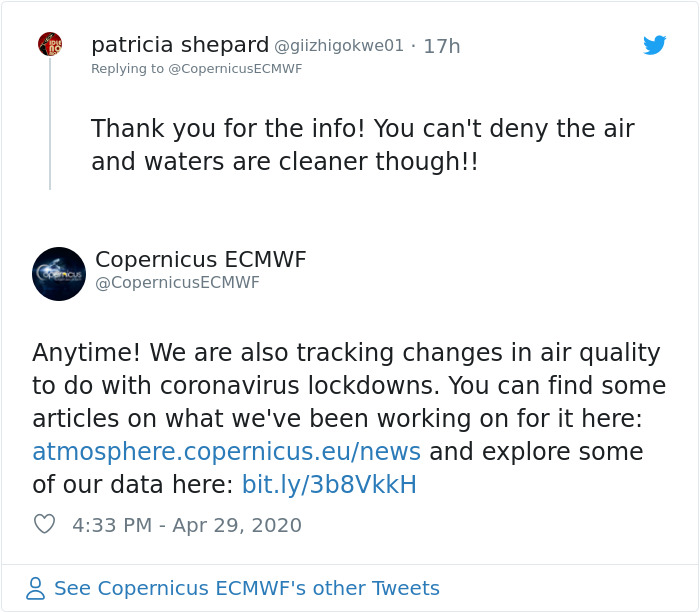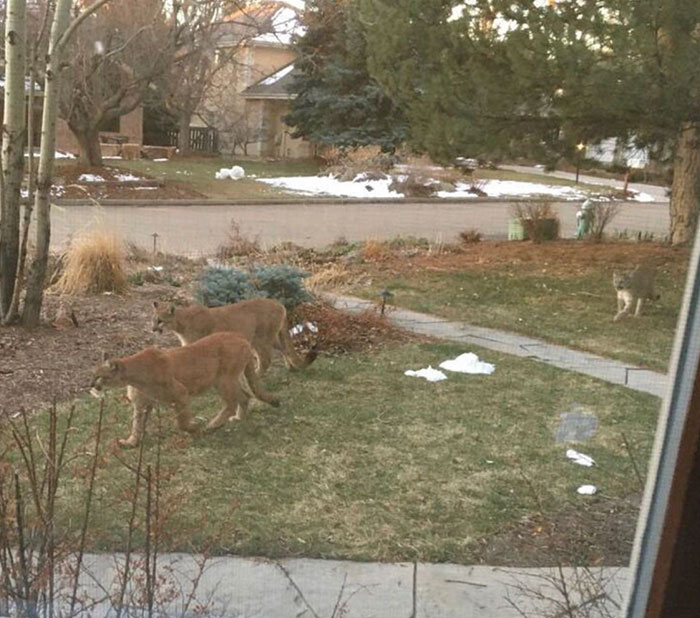
Scientists Announce That Probably The Largest Ozone Layer Hole Has Closed Itself
The past couple of months have been hard for all of us, especially with bad news bombarding our feed every day, seemingly non-stop. That’s why good news is exactly what we need right now and scientists have just reported something very exciting. Turns out, a large hole in the Arctic ozone layer that was first observed back in March is now closed.
As seen in the pictures provided by NASA Ozone Watch, a large hole in the ozone layer stretches wide over the top of the northern hemisphere. Luckily, it only took around a month for the data to show that the hole has now closed up. Why? Well, at first it might seem that COVID-19 which forced people as well as businesses to halt their normal lives is the most likely cause, as a trend of pollution levels dropping in Italy was observed back in March.
The photo below showcases the ozone layer at the beginning of March
Image credits: NASA
Image credits: NASA
However, this time it’s not the case. Scientists from Copernicus Atmosphere Monitoring Service (CAMS) attribute the healing of the ozone layer in this particular case to more natural causes. According to them, a polar vortex (which is a large low-pressure area made from swirling cold air) is exactly what caused the thinning of the ozone layer in the area. A strong polar vortex was observed for several weeks in March and it caused cold air to remain trapped in the North Pole which in turn produced high altitude clouds where chemical reactions stimulated the depletion of the ozone layer when exposed to sunlight.
Now that the polar vortex is starting to die down, the ozone values are slowly returning to normal hence the recent photos showing the disappearance of the hole.
It seems like the gaping hole reached its peak on March 26
Image credits: NASA
A month later, on April 26, the picture provided by NASA shows that the hole is now closed
Image credits: NASA
Although this particular case had nothing to do with human activity, scientists are quick to reassure that we have been making a positive impact for the last couple of decades. In 1987, the Montreal Protocol set out goals and measures that we’ve been following to reduce manmade chemicals harming the ozone layer. Thanks to that, the massive hole in the ozone layer in the southern hemisphere that was first discovered in 1985 is shrinking.
Copernicus ECMWF used their Twitter account to provide some additional information on the matter
The unprecedented 2020 northern hemisphere #OzoneHole has come to an end. The #PolarVortex split, allowing #ozone-rich air into the Arctic, closely matching last week’s forecast from the #CopernicusAtmosphere Monitoring Service.
More on the NH Ozone hole➡️https://t.co/Nf6AfjaYRipic.twitter.com/qVPu70ycn4
— Copernicus ECMWF (@CopernicusECMWF) April 23, 2020
Image credits: CopernicusECMWF
Image credits: CopernicusECMWF
Image credits: CopernicusECMWF
Image credits: CopernicusECMWF
Even though the ozone layer hole did not close because of the worldwide lockdown, it’s evident that nature was impacted
Image credits: Marco Capovilla
Like jellyfish being spotted in Venice earlier this month
Image credits: Andrea Mangoni
Or animals roaming in the streets after people locked themselves in their homes
Image credits: okadennis
Image credits: clicktosave
109Kviews
Share on FacebookYes, life has to go on because people have to have employment, but please let us learn from this experience and realize what we have become and what we have been doing to our'only' home, our planet.
Yes, life has to go on because people have to have employment, but please let us learn from this experience and realize what we have become and what we have been doing to our'only' home, our planet.

 Dark Mode
Dark Mode 

 No fees, cancel anytime
No fees, cancel anytime 





























































157
11